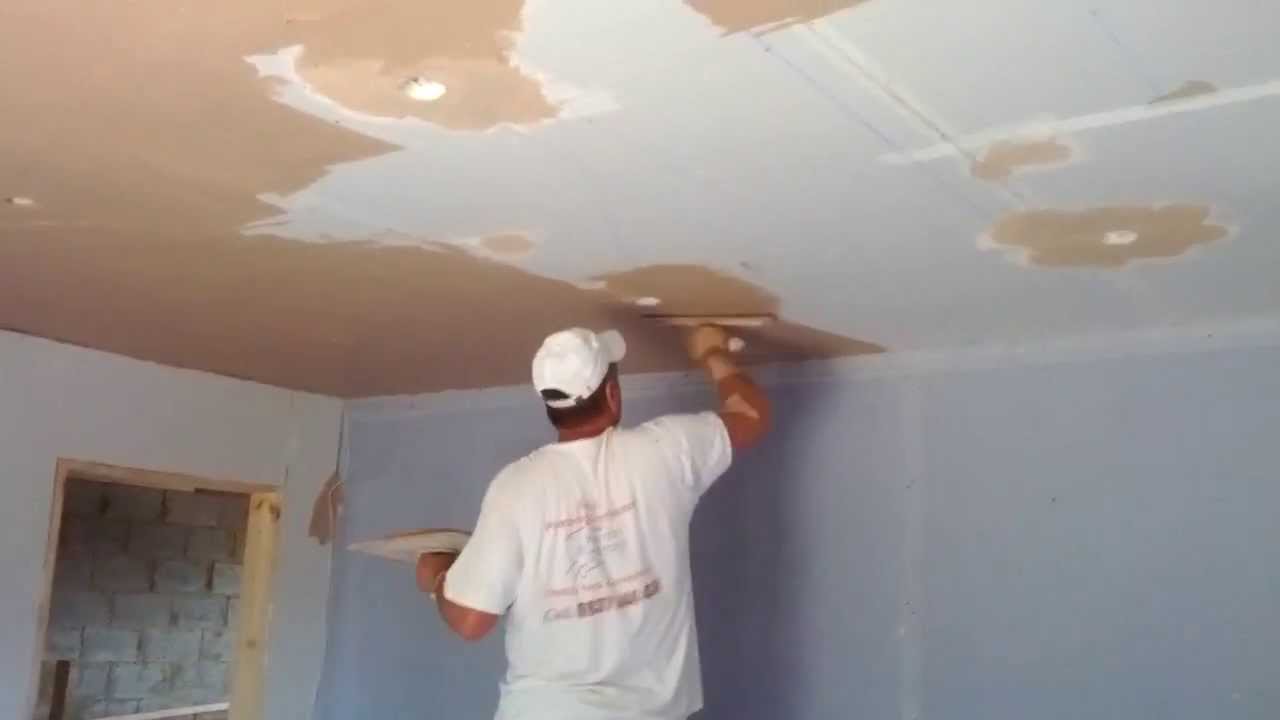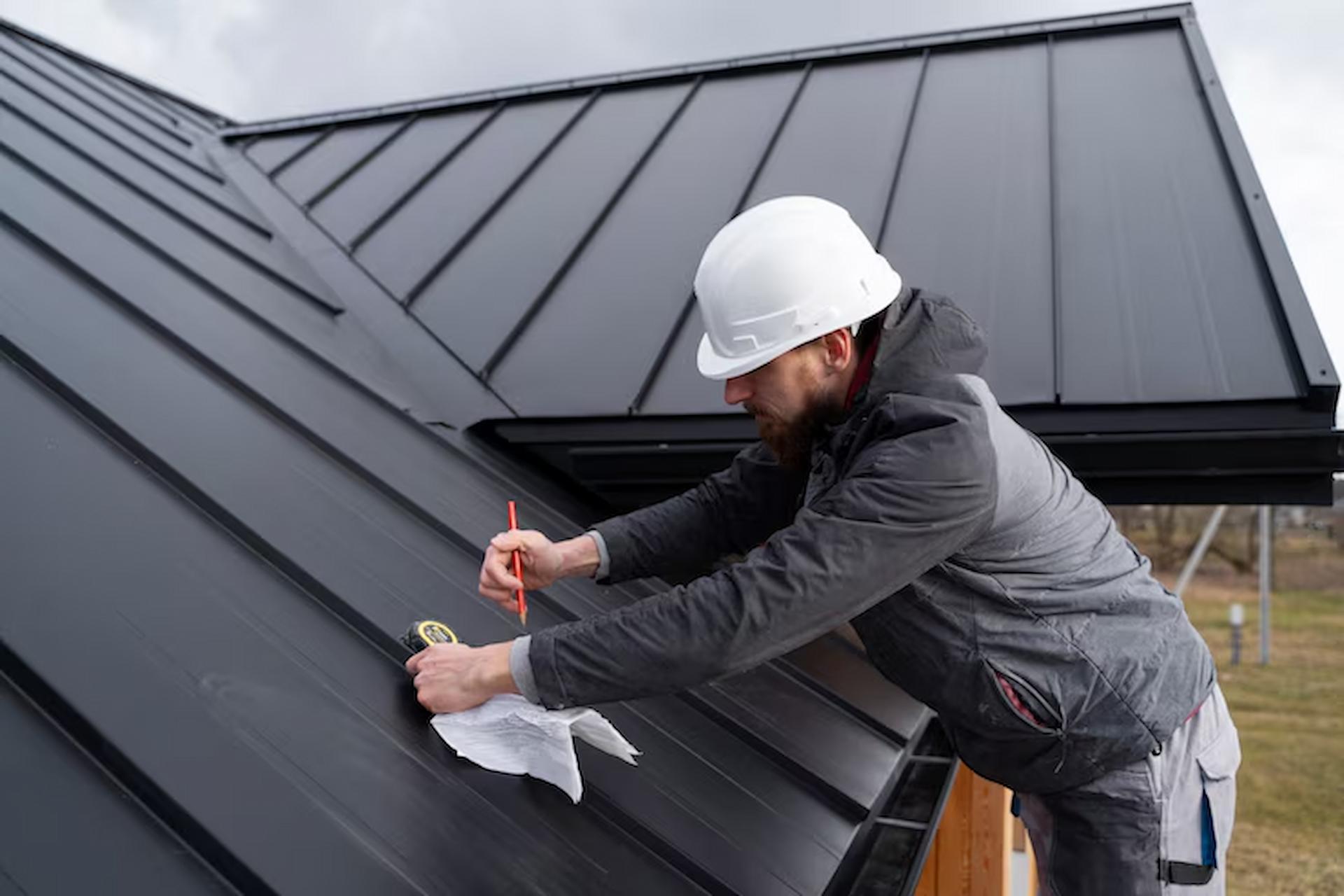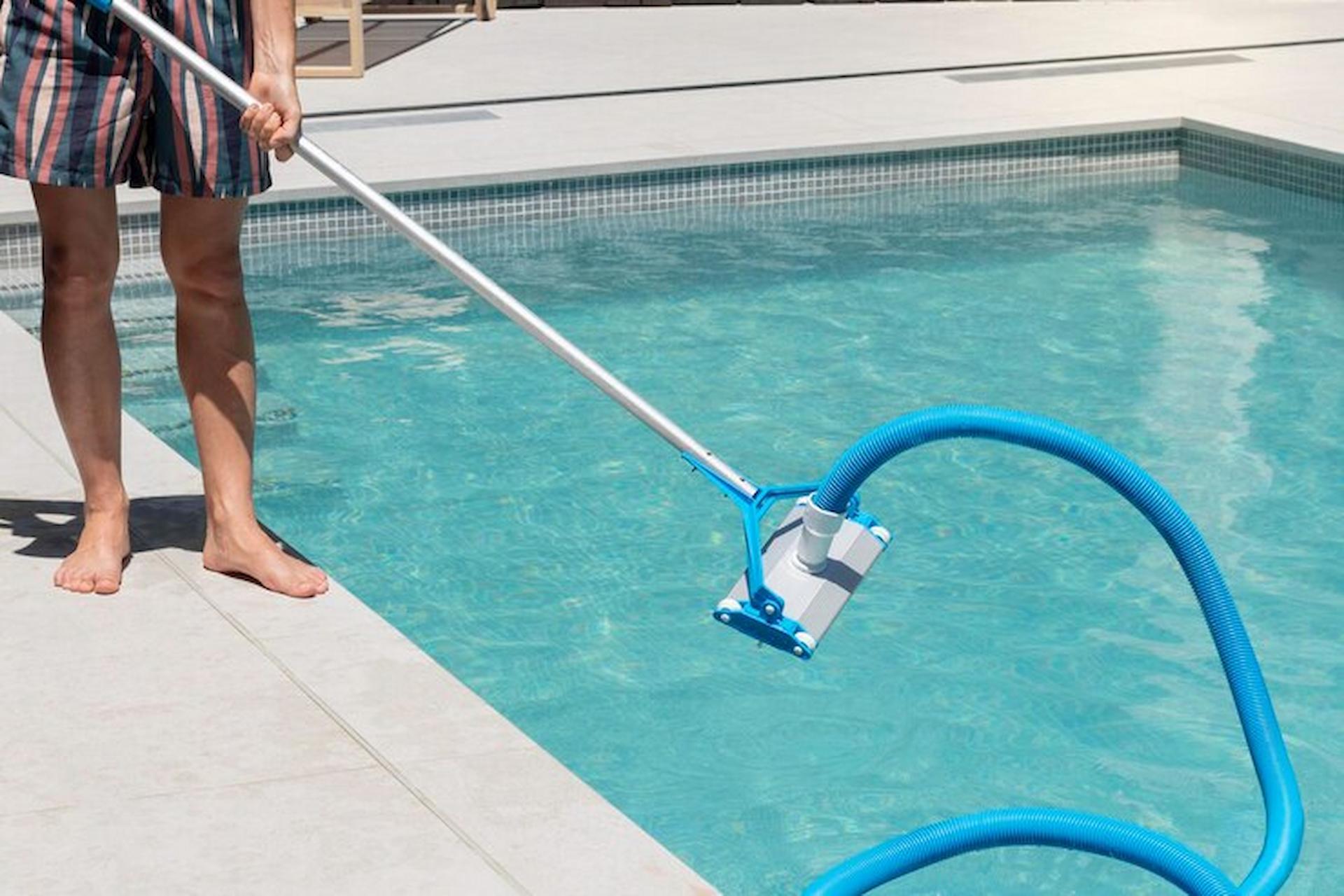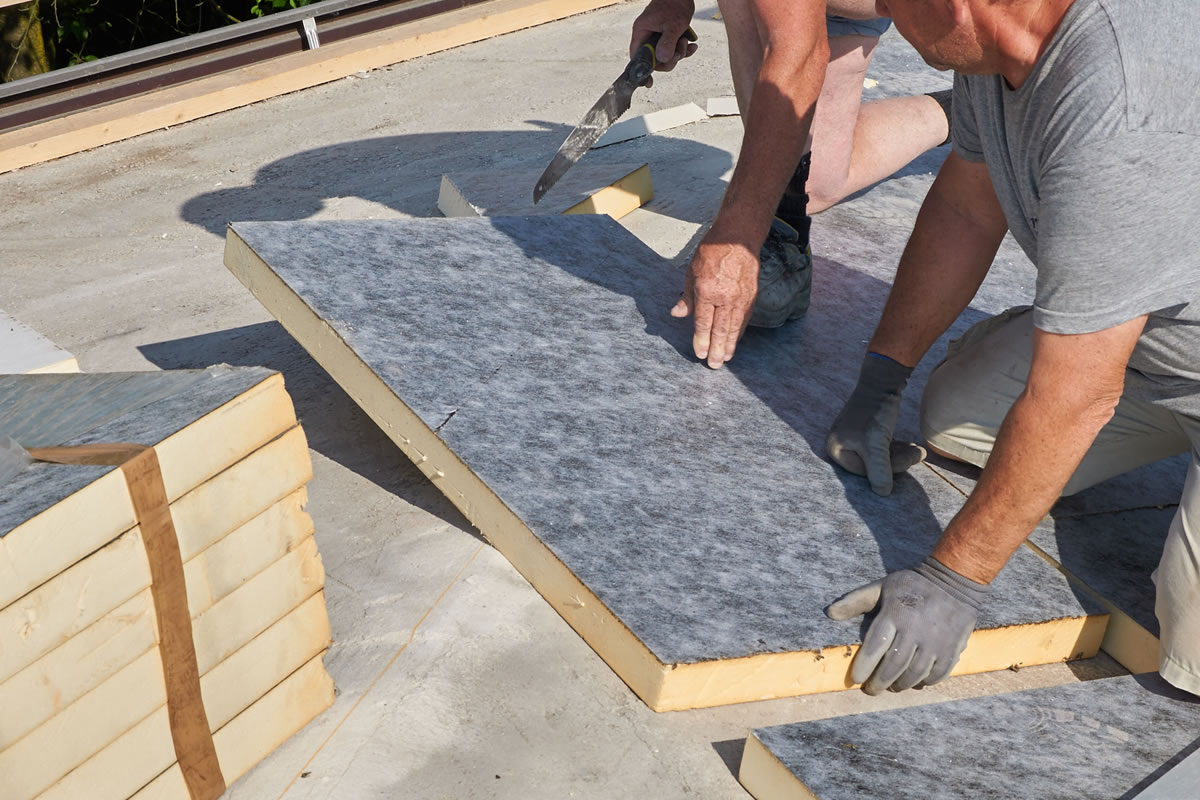We come across building premises with plasters that bear cracks and buckles etc. Ugly looks because of such defects not only give painful feelings but also damage the worth. That’s where the people specializing in repairing the plaster come to the help of the needy persons. The former accomplish their task in even manners.
People engaged in repairing plaster in London and other areas are expected to accomplish the task of plaster repairs as under:
- Determine the exact points – The first and foremost tip is to find out the exact places where the plaster has gone wrong. It may be crack or buckles etc. The plaster might have become loose at certain points. The ceiling or the wall plaster might have become defective. The experienced persons locate the same with a cat’s eye.
- Hairline cracks – We see hairline cracks at certain points. It is wise to widen the same to certain extent. Removing the same in case of larger cracks is suggested. A better seat can be provided. The dust or loose plaster may be cleaned with a damp towel. It should be followed by filling the crack with plaster with the help of a spackling knife. The gouges made along the crack should be got into for overlapping the existing plaster. This allows the patch to cling to the vertical surface of the wall. This is the best method for ensuring a safe and secure patch. A period of twenty four hours is necessary for the patch to dry up. Re-patching may become necessary in certain cases.
- Fixing the holes – Dust or loose plaster if any along the hole must be cleared with great care. It helps the patch from getting adhering to the wall. Providing a good seat for the plaster patch by carving under the edge of the broken plaster is good. Curved metal tool like a can opener or other such tool may be used for this purpose.The edge of the hole may be dampened and filled with patching plaster with the help of a spackling tool. It must be seen that the hole level with the prevalent wall is not filled with the patching plaster. The hole should be filled to the level just below the surface of the prevalent plaster. Spackling tool may be used to score the surface of the plaster with horizontal and vertical lines. Let it dry for about twenty four hours. It should be followed by application of joint compound to the surface of the patch. Another coat may be applied after its drying.
- Repairs of outside corners – Vertical length of the damaged area of the plaster may be measured. A length of wood exceeding this measurement may be used for tacking it gently to the wall by flushing the same with one of the corners. This wooden piece may work as an extension of the wall providing a surface like that of a flat wall. The old loose plaster may be removed by undercutting the holes for making a good seat for the plaster patch. A towel may be used to smoothen the patching. The process may be followed for repairing the other areas that have defective plasters.
The above are the steps that are usually followed for fixing defective plaster like repairing plaster in London by the competent persons.




